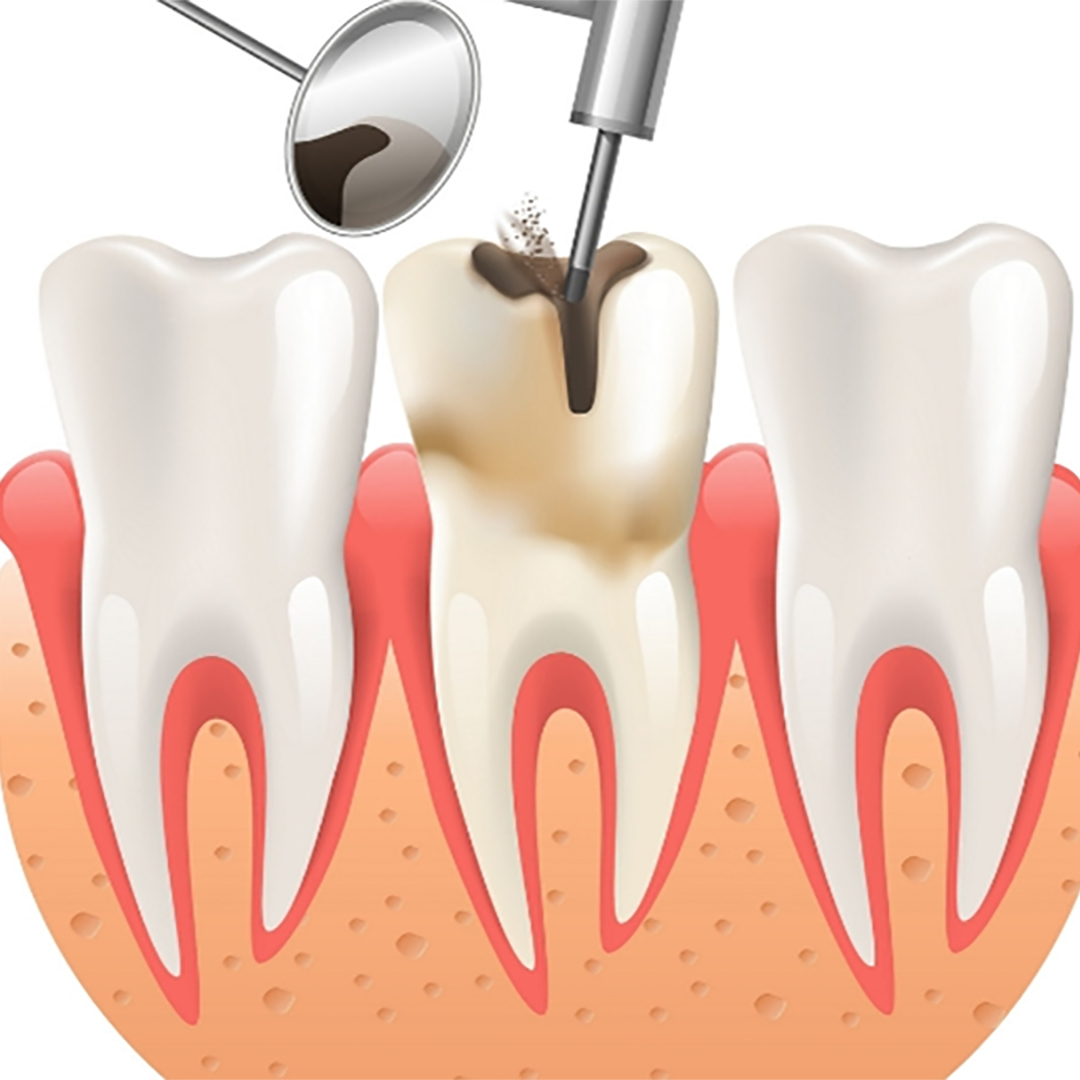What are dental veneers?
Dental veneers are thin, custom-made shells that dentists can place on the front of the teeth to improve their appearance. Veneers can hide stained, chipped, and uneven teeth. Dental veneers can change the appearance of a person’s teeth.
What Types of Problems Do Dental Veneers Fix?
Veneers are routinely used to fix teeth that are discolored because of:
• root canal treatment
• stains from tetracycline or other drugs
• excessive fluoride
• large resin fillings
• Teeth that are worn down
• Teeth that are chipped or broken
• Teeth that are misaligned, uneven, or irregularly shaped (for example, have craters or bulges in them)
• Teeth with gaps between them (to close the space between these teeth)
What are the different types of veneers?
Dental veneers are most commonly made out of porcelain. Applying traditional dental veneers requires more intensive prep work compared to alternatives that are sometimes called “no-prep veneers.” These no-prep veneers— take less time and are less invasive to apply. Applying traditional dental veneers typically involves grinding down the tooth structure, sometimes removing some of the tooth even past the enamel. This allows for proper placement, but it’s also an irreversible procedure that can be painful to go through and often requires a local anesthetic. No-prep veneers, on the other hand, may require some tooth preparation or alteration, but these alterations are minimal. Instead of removing layers of tooth under the enamel, no-prep veneers only affect the enamel. In many cases, no-prep veneers don’t require local anesthetics.
Veneers aren’t the same as tooth implants or crowns. Veneers cover the front surface of the tooth. Implants, on the other hand, replace the entire tooth. Crowns also encase the entire tooth, while veneers only cover the front surface of the tooth (which is visible with a smile).
Why opt for dental veneers?
For some people, having damaged or discolored teeth can affect their confidence or self-esteem. Veneers can fix chips, cracks, gaps between teeth, minor misalignment and/or discoloration — they help correct many cosmetic dental issues! Dental veneers are a long-term solution to cosmetic tooth problems. Plus, veneers are difficult to stain, making them popular for people seeking a perfect smile.
Why dental veneers are long term solution to cosmetic problems?
Dental veneers may be beneficial for people who want a long-term solution to persistent cosmetic concerns — particularly those that do not respond to other dental treatments. If you’re looking for an easier way to whiten your smile for good, dental veneers may be a great fit for you. Veneers are attached to the front surfaces of your teeth — so while they don’t change the position of your teeth, they do camouflage minor orthodontic problems once they’re applied. Your natural teeth may still be gapped or crooked, but nobody will know aside from you and your dentist.










